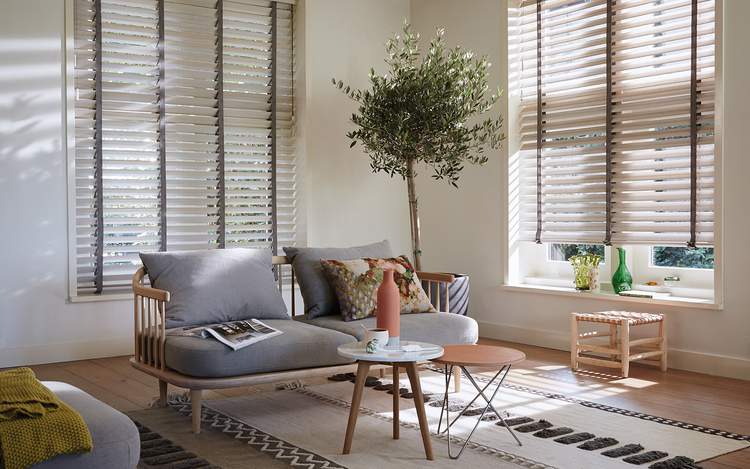It’s not what you choose, it’s the way that you wear it… a stylish wooden blind or a grand, louvered plantation shutter can lend themselves to both types of scheme. A long swathe of satin curtains over thick, dark slats or a white shutter in an all-white scheme can look both classical or modern depending on what you pair with it.
Details here make all the difference. “Pep up light coloured wooden blinds with a soft grey tape, giving the room a more ‘architectural’ feel” says Gail Jones, Director of interior design store and agency Haus Cardiff (Haus-cardiff.co.uk). For those who want harmony but also interest, Jones suggests: “Using different shades of the same colour will produce a stylish blind that is easier to live with. Tone on tone needn’t be boring, look at how beautiful biscuit, bamboo or bone tapes work against vanilla slats.”
Wooden can be a bold addition; ensure that you make the window coverings a central part of the overall look you are trying to achieve and they can maximise the ultimate effect.

